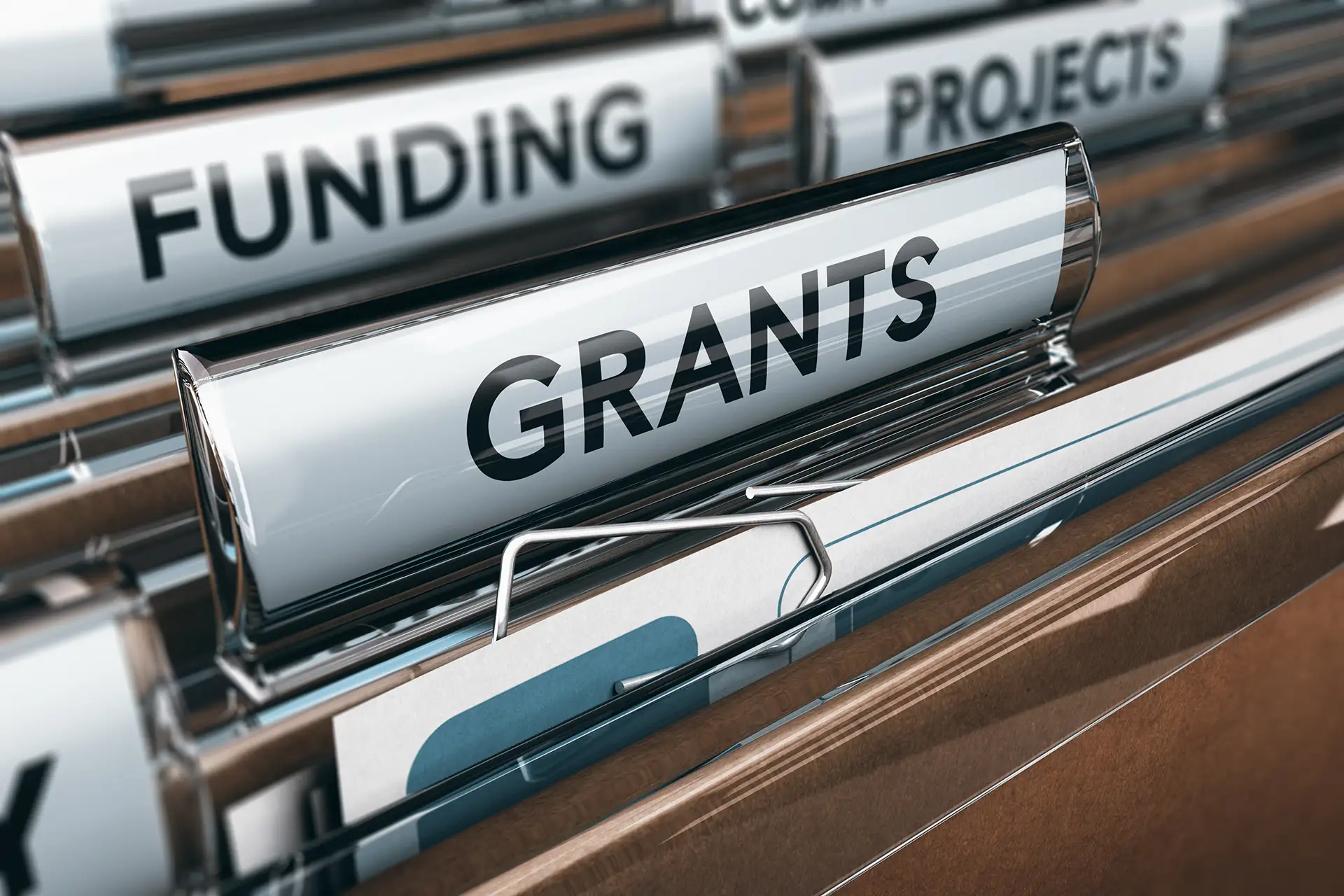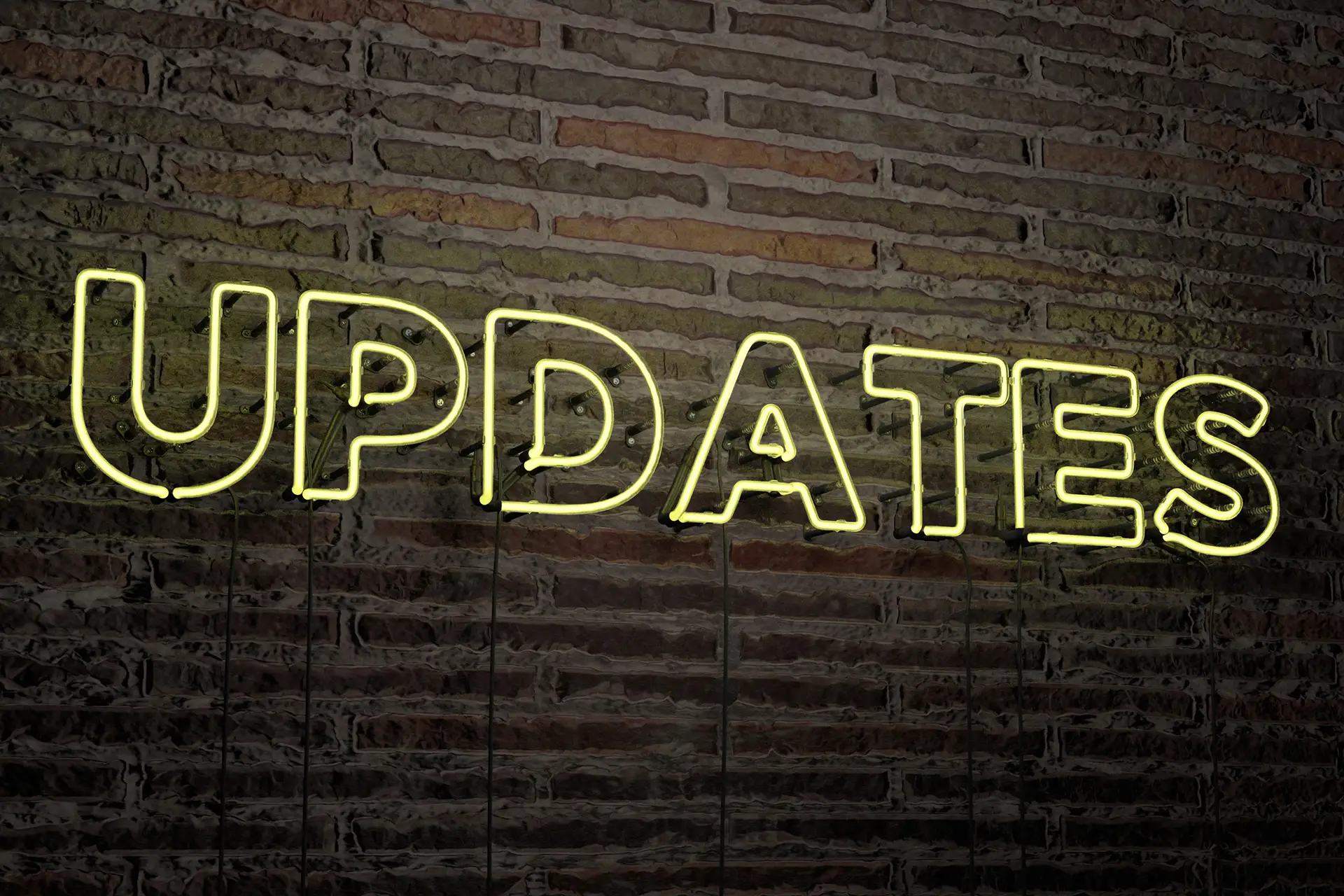The Governmental Accounting Standards Board (GASB) Statement No. 101 updates GASB Statement No. 16 and addresses the matter of compensated absences for employees of state and local governments.
What is GASB 101?
GASB 101 is an update to the guidelines for state and local governments regarding paid employee leave, otherwise known as “compensated absences.” The purpose of this statement is to update the guidance for recognition and measurement of compensated absences.
What is the effective period?
The requirements of GASB 101 are effective for fiscal years beginning after December 15, 2023. All governmental entities with fiscal year ends of December 31, 2024 or later must implement the new guidance.
What is considered a compensated absence?
Compensated absence: leave for which employees receive compensation in the form of cash payments for time off, cash payments for unused leave if terminated, or a non-cash settlement.
Examples of compensated absences: paid time off, sick leave, holidays, parental leave, military leave, jury duty, bereavement, sabbatical, floating holidays.
When are liabilities recognized?
Liabilities for compensated absences must be recognized in the following cases: for unused leave and leave that has been used but not yet compensated.
- Unused leave (unused leave must meet the following criteria to be recognized as a liability):
- The employee has performed the services required to earn the leave
- The leave accumulates (carries forward into future pay periods)
- The leave is more likely than not to be used for time off, or otherwise paid in cash or settled through non-cash means
- Leave that has been used but not yet compensated (that is, paid in cash or settled through non-cash means)
As is the case under GASB 16, salary-related payments — including the employer’s share of payroll-related taxes (FICA, Medicare), defined pension contributions, and other post-employment benefit plans — should also be part of the compensated absence liability calculation.
Note: Liabilities for certain types of compensated absences that are sporadic in nature, such as parental leave, military leave, and jury duty leave, should not be recognized until the leave commences.
How to measure liability for compensated absences
For unused leave: To measure liability for unused leave, municipalities should use the employee’s pay rate as of the date of the financial statements, unless a compensated absence arrangement calls for a different pay rate at the time of payment (for example, sick pay based on 50% of the employee’s pay rate).
For leave that has been used but not yet paid or settled: To measure liability for leave that has been used but not yet paid or settled, municipalities should use the amount of the cash payment or non-cash settlement to be made.
What has changed from previous guidance?
- The most significant change brought about by GASB 101 is the application of the “more likely than not” condition when calculating the unused leave liability. This lower threshold will likely result in a higher compensated absences liability than under the previous “probable” threshold.
- Under the new guidance, liability for sick leave should now be calculated the same way as all other compensated absences.
- GASB 101 updates the previous requirement (established by GASB 16) to disclose gross increases and decreases in a liability for compensated absences. Governments can now choose to disclose only the net change in the liability, but they must identify this figure as the net change.
- In addition, under the new statement, government entities are no longer required to disclose which funds have been used to liquidate the liability for compensated absences.
What actions do municipalities need to take?
- Municipalities should look at their current compensated absences policy and make adjustments in line with GASB Statement No. 101.
- Municipalities should also review employee contracts and assess whether a change needs to be made to the compensated absence calculation.
- Municipalities will need to assess leave usage by asking key questions (the answers to these questions will depend largely on employee contracts):
- What is the likelihood the leave will be used?
- What is the likelihood the leave will be paid out upon termination, death or retirement?
- At what rate will the leave be used or paid out?
Additional Resources
For more details on GASB 101, visit the GASB pronouncements page. For advice or assistance with your GASB 101 implementation, please don’t hesitate to reach out to us at RBT CPAs. We’re happy to answer your questions and help guide you through the most recent GASB updates.










